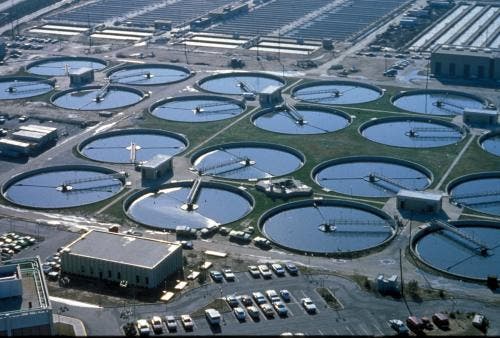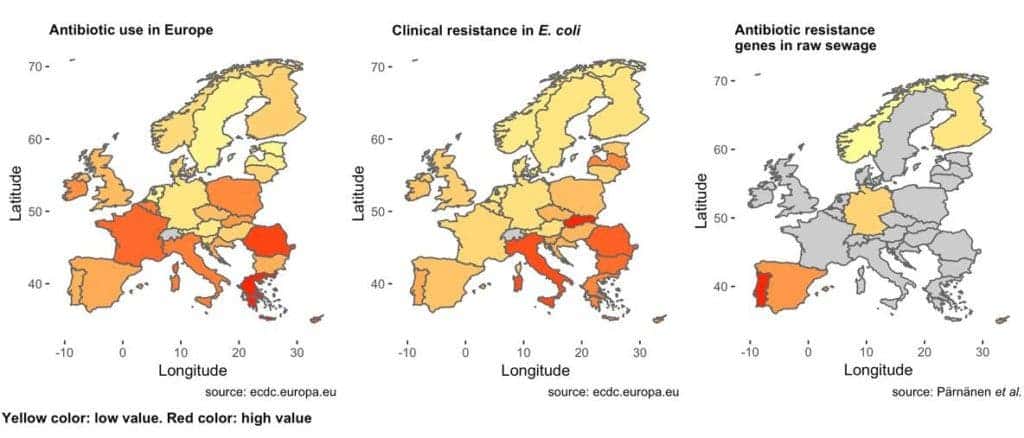A study of seven different countries found that clinical antibiotic resistance in a region is reflected by the number of antibiotic resistance genes in wastewater. Wastewater could act as a cradle for antibiotic-resistant bacteria but thankfully, most treatment plants seem to be able to successfully eliminate these germs.

Drug-resistant bacteria are no longer a problem for the future — they’re already here and causing massive damage. In Europe alone, they kill over 33,000 people every year, and things aren’t much better in other parts of the world. This is just the tip of the iceberg, researchers say — the looming danger is so great that the World Health Organization (WHO) has declared drug resistance one of the “biggest threats to global health.”
However, drug resistance can be difficult to assess in a large area. In a new study carried out in seven European countries, researchers studied drug resistance in 12 plants, comparing the results to bacteria found in samples collected from patients in that region. They also compared results to overall antibiotic consumption in the areas.
They found that antibiotic resistance in wastewater bacteria is a good indicator of antibiotic resistance in the general population. They also painted a rough pattern of resistance on the old continent. People in southern countries (Spain, Portugal, Cyprus) and Ireland consume more antibiotics than those in Finland, Norway, and Germany. Consequently, countries in the first group also exhibit higher levels of antibiotic resistance.

However, all countries exhibit at least some level of drug-resistant bacteria. The good news is that wastewater plants were effective at cleaning the water — at least most of the time.
“In this study, 11 of the 12 wastewater treatment plants under investigation mitigated the resistance problem, which seems to indicate that modern plants work well in this regard,” says lead author Marko Virta from the University of Helsinki.
“At the same time, an older plant or otherwise deficient purification process may end up increasing antibiotic resistance in the environment. We need more research findings from countries with high antibiotic consumption and less developed wastewater treatment practices.” It’s not clear what factors ensure that the bacteria is wiped out. Plausible factors are the age and size of the treatment plant, the techniques used, wastewater temperature, the amount of antibiotic residue in the water, and the interaction between the bacteria and various types of protozoa found in the water.
The problem is that this water is typically used in irrigation and ends up in agricultural fields, seeping into soils, plants, and ultimately ending up on our plates. More research is required to see what the best techniques are to thoroughly clean the water of drug-resistant bacteria.
The study has been published in Science Advances. DOI: 10.1126/sciadv.aau9124


